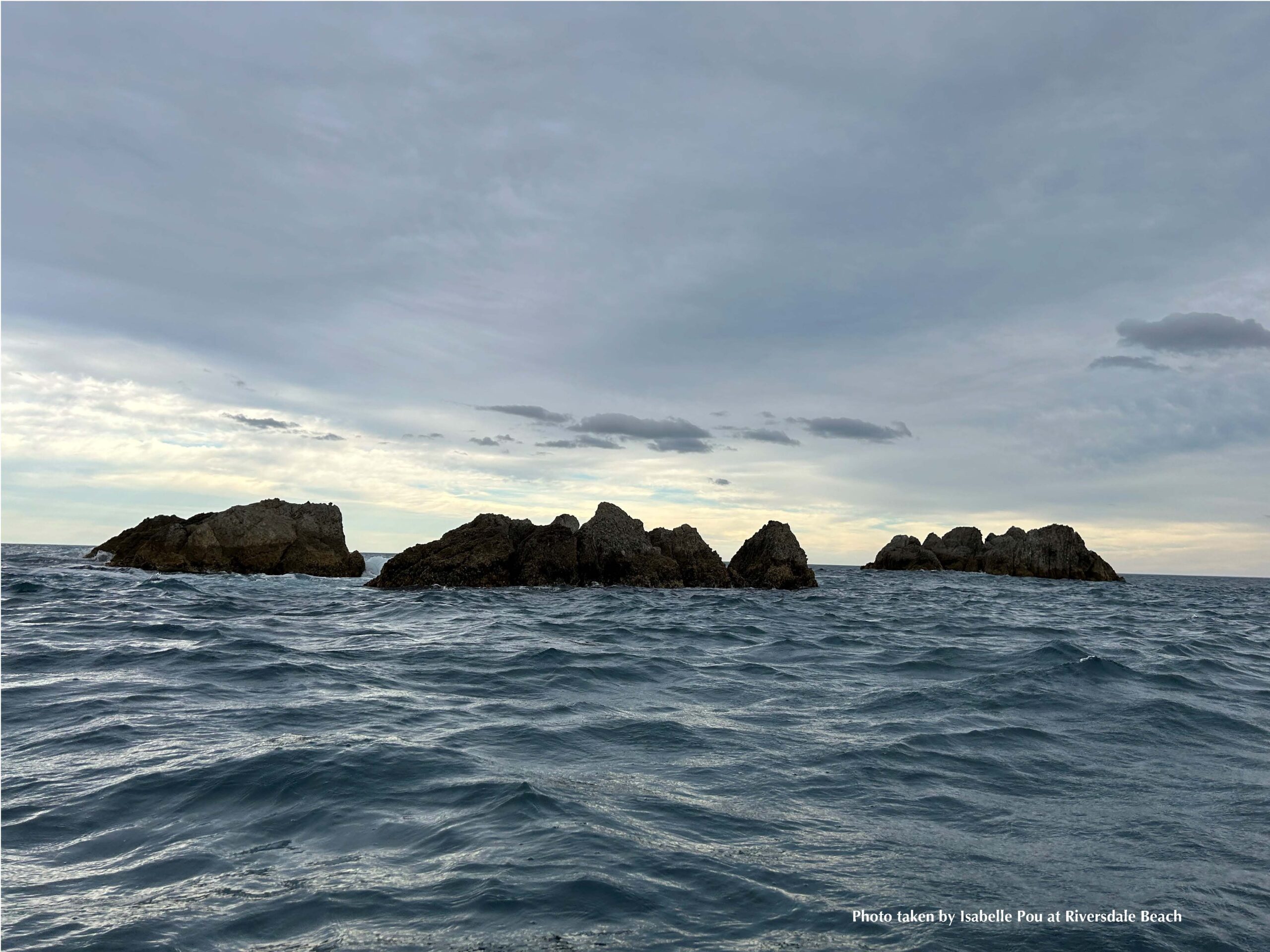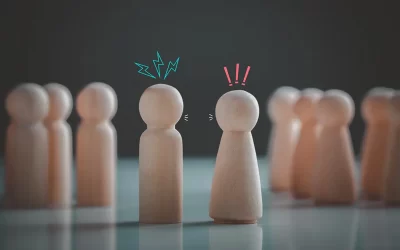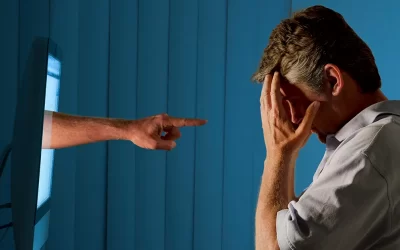An opinion piece by Isabelle Pou
He pai ake te iti i te kore.
A little is better than none.
On 7 February 2024, the Supreme Court allowed the appeal of Matua Mike Smith, a prominent rangatira and kaumātua of Ngāpuhi and Ngāti Kahu, who claims that Fonterra, Genesis Energy, and others have materially contributed to the climate crisis.1 Specifically, that the greenhouse gas emissions from these companies have damaged, and will continue to damage his whenua and moana, including places of customary, cultural, historical, nutritional and spiritual significance to him and his whānau. He also argues that tikanga must inform the development of common law torts (judge-made law) in relation to climate change.
At its heart, this is a constitutional case. But how so?
Let’s begin in te ao Māori.
The environment is inherently constitutional for Māori. Bestowed upon Māori as kaitiaki are deep-reaching and often non-negotiable environmental responsibilities and mandates. It is through whakapapa that Māori descend from the whenua Papatūānuku (mother earth/the land). It is therefore no surprise that tikanga and mātauranga Māori are abundant with practices that guide human relationships with the natural environment. Ultimately, Māori have a constitutional relationship with Te Taiao.
It is with intention that we begin in te ao Māori and not te ao Pākehā (and we would encourage you to do the same). All too often constitutional kōrero starts in spaces that inherently undermine and displace tino rangatiratanga and te ao Māori. Yet we are reminded in our founding constitutional documents, He Whakaputanga me te Tiriti o Waitangi, that the whenua, me ngā taonga katoa, were at the forefront of the minds of those rangatira of the time. The environment is holistically embedded in the constitutional framework of Aotearoa because it is indivisible from the person. This is illustrated in the Whanganui whakatauki, “ko au te awa, ko te awa ko au”, “I am the river and the river is me”.
What about the Constitution in te ao Pākehā?
New Zealand’s Constitution Act 1986, which reformed the 1852 Act, has no reference in it to the environment whether that be to the land, sea, or other natural resources. Unless we count the ‘fundamental human right’ of owning (and excluding others from) property. In the context of our wider societal framework, the constitution of Aotearoa imposes the judicial system inclusive of the ‘common law’ system, which develops slowly in the courts, treating like cases alike. Inherently, the nature of common law is incremental – so it faces great challenge in responding to our rapidly deteriorating environment, that is what Smith’s case exposes.
So how can tikanga be the ultimate response to common law limitations?
As described in Appendix 1 to the Law Commission’s Study Paper, He Poutama,
Tikanga is a set of guidelines that ensure we remain connected – to our past, each other, our knowledge system, our beliefs and our environment. It establishes our ‘world order’. Through te ao Māori, a different world view is described. It describes the past as the days that ‘hang in front’ – ‘i ngā rā o mua’ – where we focus on the past to help inform our decisions for the present – ‘ināianei’ – and help inform the days that are yet to descend upon us – ‘i ngā rā e heke mai nei’.
And, set out in the Supreme Court case of Ellis v R (Continuance) [2022], Statement of Tikanga of Sir Hirini Moko Mead and Professor Pou Temara,
Tikanga has a flexible dimension to it. Like all law, it is not static and can evolve over time and adapt to new situations.
The fluid nature of tikanga aptly informs greater kaitiaki demands in the face of extreme climate detriment.
Whether it is in the best interests of Māori for the courts to ‘use’ tikanga when not all of the judiciary is versed in tikanga is a question that has been posed by the likes of the late Moana Jackson.
When judges decide to rely on tikanga in making their decisions, it ultimately affirms the dominance of colonial law, not the strength of tikanga in its own right. This is because the court gets to decide when, how and to whom tikanga will apply.
How could judges understand and apply the complexities and intricacies of tikanga? What will happen to the integrity of tikanga through this process?2 Isn’t this just another form of colonization?
Justice Tā Joe Williams, Supreme Court Judge, believes such concerns are overstated. Justice Williams considers that it is no longer the intent of common law to destroy tikanga. Rather, the nature of the interaction between tikanga and Crown law is intent on perpetuating tikanga.3
In our view, the ultimate answer to the issue of constitutional transformation to meet the speed and evolution of climate change is vested in rangatiratanga and from rangatiratanga flows a tikanga system of rules, protocols, guidelines, and processes for all.
As the Waitangi Tribunal confirms, Māori never ceded sovereignty in signing te Tiriti o Waitangi.4 To fully realise tino rangatiratanga, the promises of te Tiriti, and the illegitimate Crown assumption of sovereignty: the constitution must be transformed. In Matike Mai, Moana Jackson and Margaret Mutu (alongside others) offered models demonstrating how transformation might take shape.5 The models ensure that Māori can operate within their sphere of tino rangatiratanga.
Whether the climate will wait for that ultimate answer is unknown but incremental steps towards embedding te ao Māori into the constitutional fabric of Aotearoa will continue.
Māori have cultivated taonga that our society needs in the face of our climate emergency. Over generations iwi and hapū have developed tikanga and mātauranga which guide human relationships with the natural world. And right now, the courts need our taonga.
But more importantly – future generations deserve to bear the fruits of our taonga.
So, where does that leave us?
At the forefront, we cannot ignore that incremental incorporation of tikanga into common law is a compromise of tino rangatiratanga and te Tiriti promises. Our focus must continue to be on constitutional transformation. However, our kaitiaki responsibilities right now demand action. And if Māori are to continue to compromise, it must be done with agency.
Agency to reject the distortion of tikanga.
Agency to assert mana motuhake.
And finally, agency to maintain sight of constitutional transformation that eventually must take place.
Whatungarongaro te tangata, toitū te whenua.
As people disappear from sight, the land remains.
1 Smith v Fonterra Co-Operative Group Ltd [2024] NZSC.
2Encouragingly, the court also gave weight to some of these concerns in Ellis v R (Continuance) [2022] NZSC 114.
3Joseph Williams “Lex Aotearoa: An Heroic Attempt to Map the Maori Dimension in Modern New Zealand Law” (2013) 21 WkoLawRw 2.
4Waitangi Tribunal The Report on Stage 1 of the Te Paparahi o Te Raki Inquiry (Wai 1040, 2014).
5The Report of Matike Mai Aotearoa – The Independent Working Group on Constitutional Transformation (2016).

about the author
Isabelle Pou
LAW CLERK



